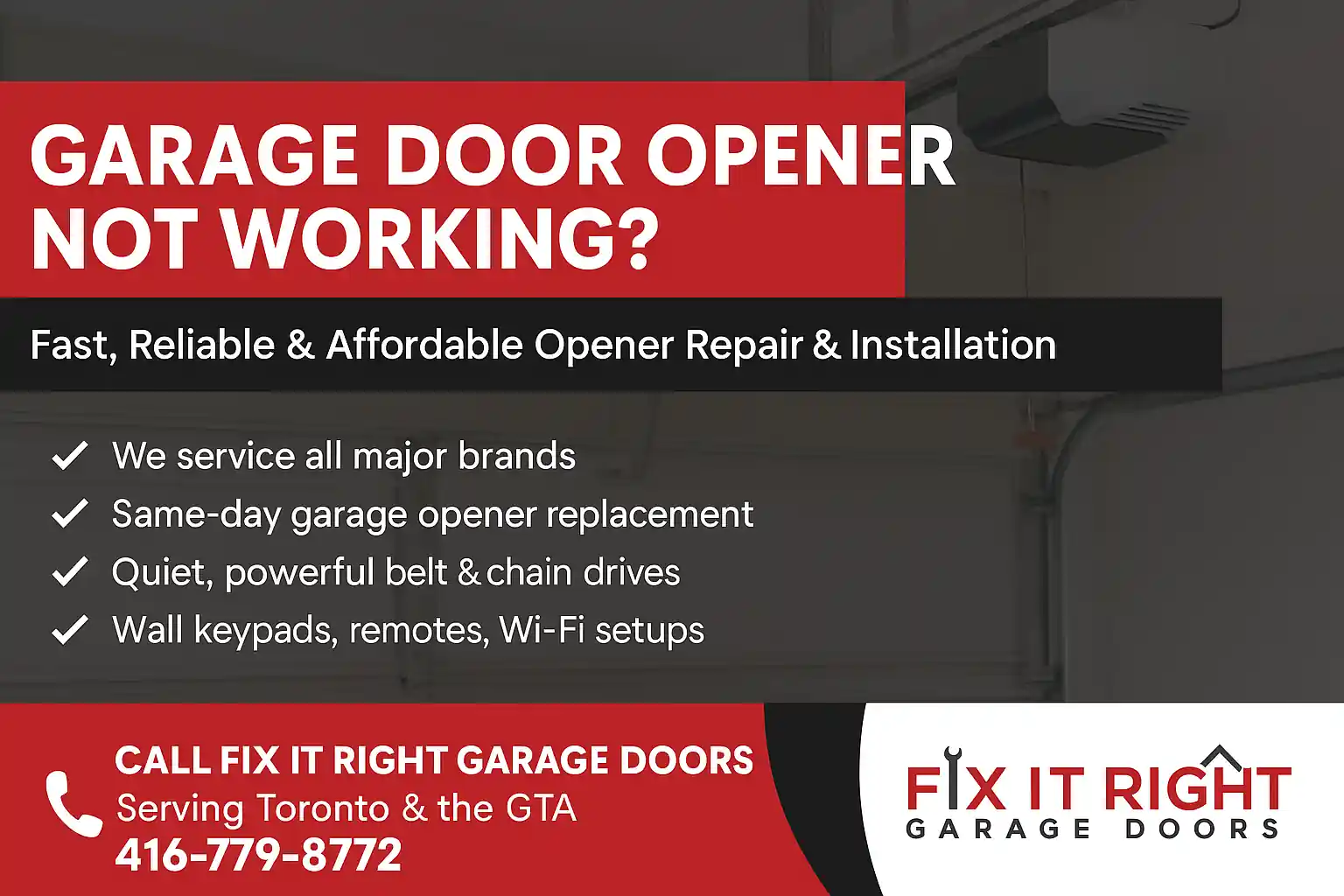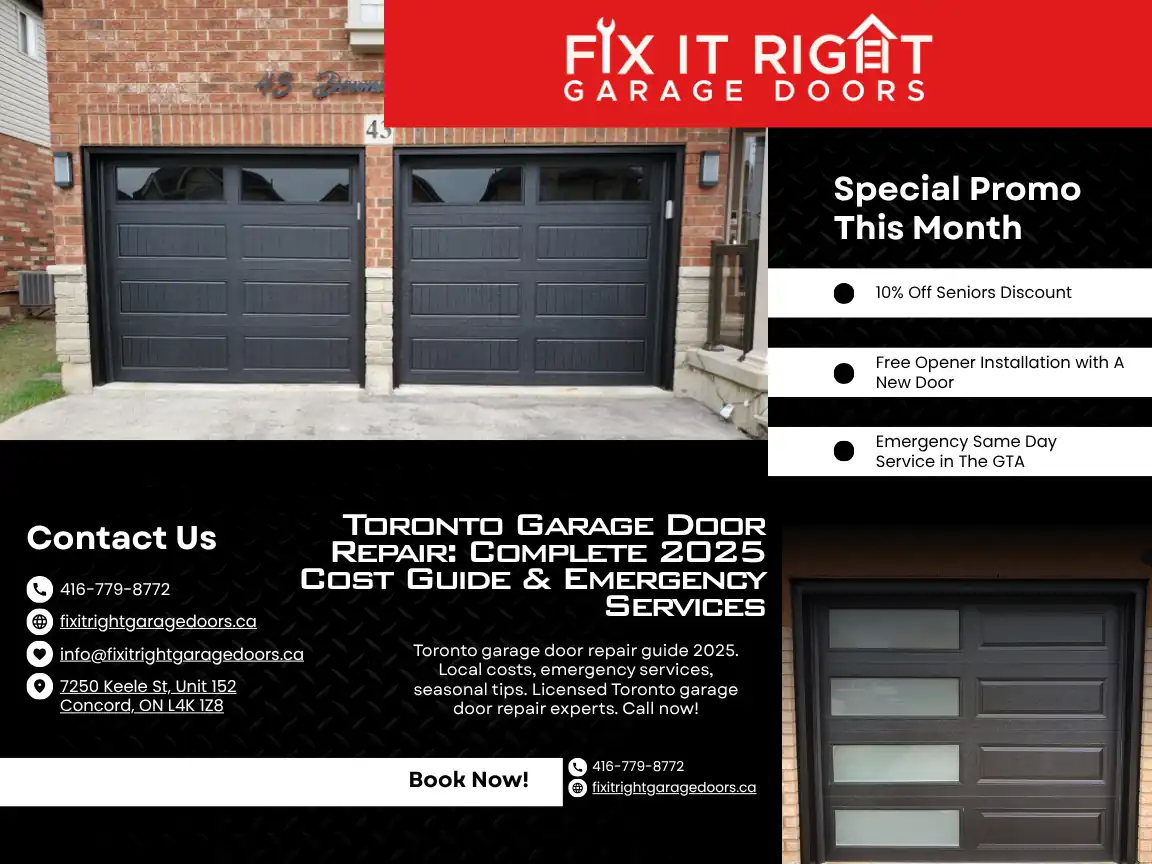The humble Garage Door opener might seem like a small component of your home, but it’s an indispensable device that provides convenience, security, and often, the first impression of your home’s smart capabilities. Gone are the days of manual lifting; today’s openers are sophisticated machines packed with technology. But with so many options, how do you choose the right one, troubleshoot issues, or know when it’s time for a replacement? This comprehensive guide will illuminate every aspect of your garage door opener, helping you make informed decisions for your home.
The Heart of Convenience: What is a Garage Door Opener?
At its core, a Garage Door opener is a motorized device that controls the opening and closing of your garage door. It consists of a motor, a track system (chain, belt, or screw drive), and various electronic components that allow for remote operation, safety features, and increasingly, smart home integration. It takes the heavy lifting out of your hands, literally, counteracting the tension of the garage door springs to smoothly move the door up and down.
Understanding the different types of drive systems is the first step in appreciating your opener’s mechanics:
- Chain-Drive Openers: These are the most common and often the most affordable. They operate using a metal chain that runs along a track, pulling or pushing a trolley connected to the garage door. They are robust and reliable but can be noisy, making them less ideal for garages attached to living spaces. For more on chain-drive systems, you can visit Understanding Chain-Drive Openers.
- Belt-Drive Openers: Utilizing a steel-reinforced rubber belt instead of a chain, these openers offer quieter operation. They are an excellent choice for homes where the garage is directly beneath a bedroom or living area. While slightly more expensive than chain drives, their quiet performance often justifies the cost.
- Screw-Drive Openers: These openers work by rotating a threaded steel rod, which moves the trolley. They have fewer moving parts, which can lead to greater durability and less maintenance. However, they can be noisy if not properly lubricated and may be more sensitive to temperature fluctuations.
- Direct-Drive Openers: Less common but highly efficient, these openers feature the motor directly within the trolley, pulling the door along a fixed chain or belt. They are known for being extremely quiet and durable, as the motor itself moves with the door, reducing wear on stationary components.
Each type has its pros and cons, which can influence your decision when you’re considering a new opener or discussing how to choose right garage door opener installation.


Diving Deep: Best Smart Garage Door Opener Features 📱
Modern garage door openers are more than just motors; they are smart devices designed to integrate seamlessly into your connected home. The advancements in smart technology have revolutionized how we interact with our garages, offering unprecedented levels of control and peace of mind. Let’s explore some of the best smart garage door opener features that are becoming standard:
- Smartphone Control: This is perhaps the most sought-after feature. Via a dedicated app on your smartphone, you can open, close, and monitor your garage door from anywhere in the world. Forgot if you closed the garage door after rushing out for work? A quick check on your phone provides instant confirmation and allows you to close it remotely.
- Integrated Wi-Fi Connectivity: Many new openers come with built-in Wi-Fi, eliminating the need for separate hubs or bridge devices. This simplifies setup and ensures reliable connection to your home network.
- Geofencing: Imagine your garage door opening automatically as you pull into your driveway, or closing itself as you leave. Geofencing uses your smartphone’s location to trigger actions, adding a layer of hands-free convenience.
- Voice Control Integration: Compatibility with virtual assistants like Google Assistant, Amazon Alexa, or Apple HomeKit allows you to operate your garage door with simple voice commands, making multitasking even easier.
- Activity Logging & Notifications: Receive real-time alerts on your phone whenever the garage door is opened, closed, or left open for too long. Activity logs provide a history of door movements, enhancing security.
- Keyless Entry Keypads: While not strictly “smart” in the Wi-Fi sense, wireless keypads offer a convenient way to access your garage without a remote or smartphone, perfect for kids or service providers. Many smart openers allow you to manage keypad codes remotely.
- Temporary Access: Grant temporary access to delivery personnel, dog walkers, or maintenance workers for a specific time window, ensuring your home remains secure while services are rendered.
- Battery Backup: A crucial feature, especially in areas prone to power outages. A battery backup ensures your garage door opener remains functional for several cycles even when the power is out, preventing you from being locked out or in.
When evaluating the best smart garage door opener features, consider how they align with your lifestyle and existing smart home ecosystem. These features not only enhance convenience but also significantly boost your home’s security and energy efficiency. For more on smart home integration, you can explore Smart Home Device Compatibility.
Common Issues & Troubleshooting: Troubleshooting Common Garage Door Opener Problems 🔧
Even the most advanced Garage Door opener can encounter issues. Knowing how to identify and address minor problems can save you a service call. Here’s a guide to troubleshooting common garage door opener problems:
| Problem | Possible Causes |
|---|---|
| Opener Not Responding to Remote/Keypad | Dead batteries in remote/keypad; remote out of range; signal interference; remote code desynchronized; locked keypad. |
| Door Doesn’t Open/Close Completely | Travel limits incorrectly set; force settings too low/high; obstruction in path; broken spring (door is too heavy); misaligned tracks. |
| Door Reverses When Closing | Safety sensors (photo eyes) misaligned, obstructed, or dirty; force settings too high; something blocking the door’s path; internal wiring issue. |
| Opener Makes Noise But Door Doesn’t Move | Motor running but chain/belt not moving: stripped gears; trolley disconnected (emergency release pulled); broken spring (door is too heavy). |
| Lights On Opener Are Flashing | Often indicates a specific error code. Refer to your owner’s manual for the specific flash code meaning. Common causes include sensor issues or motor overheating. |
| Garage Door Opens By Itself | Electrical short; remote button stuck; signal interference from nearby sources; faulty wall control; neighbor’s remote on the same frequency (rare with modern openers). |
| Excessive Noise During Operation | Lack of lubrication on moving parts (rollers, hinges, springs, chain/belt); worn rollers; loose hardware; misaligned tracks; aging opener motor. |
Important Note on Safety Sensors: Modern garage door openers are equipped with safety sensors (photo eyes) located near the bottom of the garage door tracks. If these sensors are blocked, dirty, or misaligned, the door will not close, or it will reverse if attempting to close. Always check these first when the door refuses to close!
Making the Right Choice: How to Choose Right Garage Door Opener Installation 🤔
Selecting a new Garage Door opener involves more than just picking the cheapest model. It requires considering your garage’s specific needs, your budget, and desired features. Here’s a breakdown of factors to help you make an informed decision and ensure a successful how to choose right garage door opener installation:
- Drive System (Chain, Belt, Screw, Direct): As discussed, choose based on noise tolerance, budget, and durability preferences. Belt-drive is ideal for quiet operation, while chain-drive is cost-effective and robust.
- Horsepower (HP): The heavier your garage door, the more horsepower your opener needs.
- 1/2 HP: Suitable for standard single or lightweight double garage doors.
- 3/4 HP: Recommended for heavier double doors, wood doors, or those with insulation.
- 1 HP (or DC motors with equivalent lifting power): Best for very heavy, oversized, or custom doors.
- Safety Features: Ensure the opener meets UL 325 safety standards. Look for:
- Photo-Eye Sensors: Mandatory for modern openers, they reverse the door if an obstruction breaks the beam.
- Auto-Reverse Mechanism: The door should automatically reverse if it hits an obstruction while closing.
- Manual Release: An emergency release cord is essential for manual operation during power outages.
- Security Features:
- Rolling Code Technology: Changes the access code every time the remote is used, preventing code grabbing by unauthorized individuals.
- Security+ 2.0 / MyQ Technology: Advanced encryption and smart home connectivity for enhanced security and monitoring.
- Smart Home Compatibility: If you have a smart home ecosystem (Google Home, Alexa, HomeKit), choose an opener that integrates seamlessly.
- Battery Backup: Highly recommended for uninterrupted operation during power failures.
- Warranty: Check the warranty on the motor, parts, and accessories. A longer warranty often indicates higher quality.
- Brand Reputation: Stick to reputable brands known for reliability and customer support.
- Lighting: Consider LED lighting for better illumination and energy efficiency.
- Professional Installation: While some homeowners are handy, installing a garage door opener correctly and safely, especially for how to choose right garage door opener installation, often requires professional expertise. This ensures proper alignment, tensioning, and programming, which are critical for both performance and safety.
Beyond the Purchase: Maintenance and Longevity ✨
Once you have your ideal Garage Door opener installed, regular maintenance is key to maximizing its lifespan and preventing costly repairs. Simple proactive steps can keep your system running smoothly and efficiently.
- Lubricate Moving Parts: Annually, apply a silicone-based lubricant to the chain or screw drive, as well as rollers, hinges, and springs. This reduces friction and wear.
- Test Safety Features:
- Photo Eyes: With the door open, wave an object (like a broom handle) through the sensor beam. The door should stop closing and reverse. If not, clean and align the sensors.
- Auto-Reverse Mechanism: Place a 2×4 piece of wood flat on the ground where the door closes. The door should reverse upon contact. If it continues to close or strains, the force settings need adjustment by a professional.
- Check Remote Batteries: Replace remote and keypad batteries regularly, typically once a year or when performance declines.
- Inspect Hardware: Periodically check all nuts, bolts, and screws on the opener and door tracks. Tighten any loose components.
- Balance Test: Ensure your garage door itself is balanced. Disengage the opener and manually lift the door halfway. If it stays in place, the springs are balanced. If it sags or springs up, the springs need adjustment by a professional, as an unbalanced door puts excessive strain on the opener.
- Cleanliness: Keep the photo-eye lenses clean and the general area around the opener free from dust and debris.
When to Call a Professional: Understanding Garage Door Opener Repair Cost Toronto 💸
While some minor troubleshooting can be done yourself, many Garage Door opener issues, especially those involving electrical components, drive system repairs, or an unbalanced door, require professional attention. Attempting complex repairs without proper training and tools can be dangerous and lead to further damage.
When facing an issue, you might wonder about the garage door opener repair cost Toronto. This cost can vary significantly based on several factors:
- Type of Repair: Simple adjustments (e.g., limit settings, sensor alignment) will be less expensive than replacing major components like the motor, circuit board, or entire drive system.
- Parts Needed: The cost of replacement parts varies by opener brand and model.
- Labor Rates: Professional service technicians charge for their time and expertise. These rates can differ among companies in Toronto.
- Urgency: Emergency or after-hours service calls often incur higher fees.
- Opener Age: Older openers might be more costly to repair due to scarce parts or general wear and tear, making replacement a more economical long-term solution.
For instance, a minor adjustment might cost around $75-$150, while a motor replacement could range from $250-$500+ depending on the complexity and part cost. Always get a detailed quote before authorizing any work. If the garage door opener repair cost Toronto approaches or exceeds half the cost of a new, feature-rich opener, replacement might be the smarter investment, especially if your current opener is old or lacks modern safety and smart features.
Conclusion: Empowering Your Garage Experience 🏡
Your Garage Door opener is a vital part of your daily life, offering security, convenience, and a seamless transition between your home and the outside world. By understanding the different types, appreciating the best smart garage door opener features, confidently troubleshooting common garage door opener problems, making informed decisions on how to choose right garage door opener installation, and knowing when professional help is needed for garage door opener repair cost Toronto, you empower yourself to keep this essential home component functioning perfectly.
Don’t let a malfunctioning opener disrupt your routine or compromise your home’s security. Regular maintenance and timely professional attention are key. If you’re experiencing issues or considering an upgrade, please give us a call at Fix It Right Garage Doors – our experts are ready to ensure your garage door opener operates safely and efficiently for years to come.










